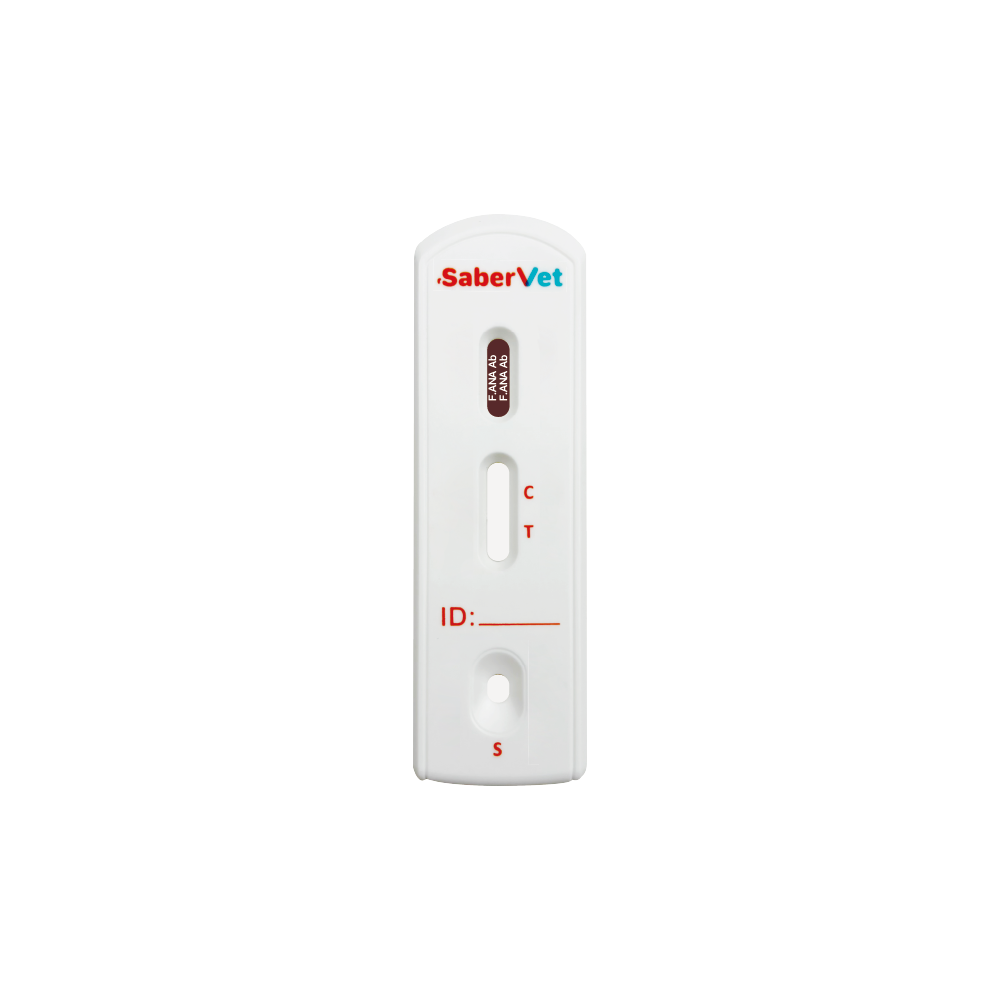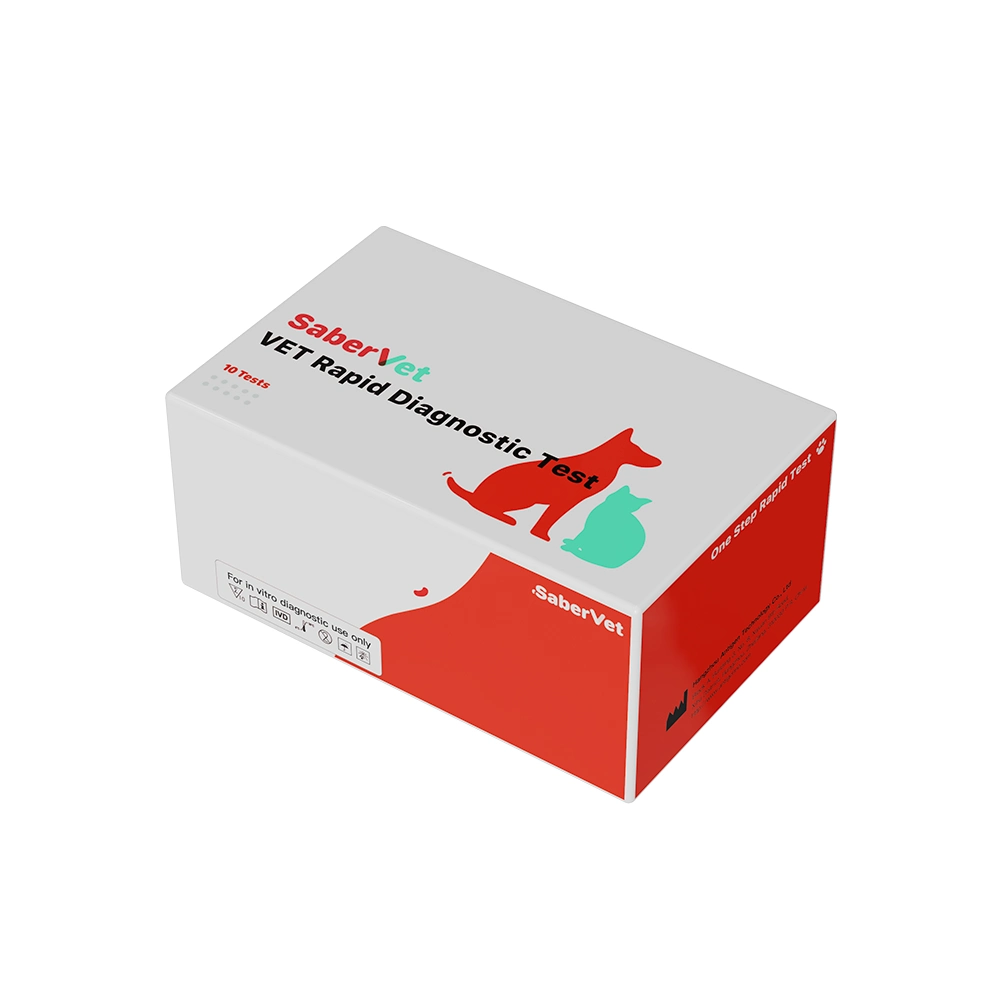Border disease is also known as anaplasmosis, anaplasmosis has almost no cell plasma, is a dense, homogeneous, round structure, with a diameter of 0.3~1.0 μm, and can be parasitized on erythrocytes, platelets, and neutrophils of animals and humans, such as cows, sheep, dogs, cats, deer, and so on.
1.Clinical symptoms
Infected cats cause the onset of clinical manifestations of high fever (39.5 ℃), shortness of breath, lung respiratory tone enhancement, eye discharge, checking the skin found to have been damaged by tick wounds. It can also cause thrombocytopenia, enlarged lymph nodes, weight loss and blood abnormalities.
2.Transmission pathways
There are two main ways of transmission: one is the biological transmission of ticks and blood-sucking insects, of which male ticks are the main ones; the other is the mechanical transmission of other blood-sucking insects such as gadflies, stable flies, mosquitoes, and blood pollutants containing the insect bodies.
3.Clinical Diagnosis
There are several clinical diagnostic methods for this disease. Kiemsa staining microscopy method: observe the plasma-free bodies in the red blood cells through microscope, but the detection rate is low, and the invasion rate needs to be more than 0.5% in order to make a positive diagnosis. Immunofluorescence method: detecting antibodies or antigens in cat blood. PCR test: detecting DNA of plasma-free bodies in cat blood, with high sensitivity and specificity.
4. Preventive measures
Regular preventive medication (e.g. Baidu Shuang, Furaian, etc.) can be administered to cats living in an environment with a large number of ticks, or Ivermectin or Dolamectin injections can be given to cats (except for allergy-prone cats) at the same time for medication to prevent body surface parasites.
Fly killers can be used to disinfect the cat’s activity area and cat house with regular spraying (not disinfecting with cats). The affected cats should be isolated. The drugs available for treatment are doxycycline, tetracycline, and bainier. Treatment should be combined with symptomatic measures such as hemostasis, anti-inflammatory, platelet elevation, anti-anemia (anti-anemia can use iron dextrose).
5. Feline Anaplasma Antibody Rapid Test
We have developed a Feline Anaplasma Antibody Rapid Test for testing cat blood samples, which is fast, easy to operate and highly accurate, and can be used as an effective means for users to detect whether cats are suffering from borderline disease.













